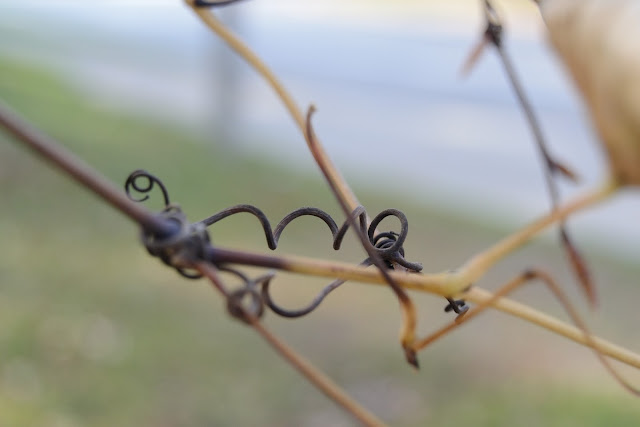Breaking The Rules
The aim of this project was to break the rules of composition while still keeping the photo visually appealing.
Rules of Composition
- Fill The Frame / Cropping.
- Don't Cut Off Limbs.
- Understand The Rule Of Thirds.
- Use Frames.
- Make The Most Of Lead In Lines / Shapes.
- Simplify – Know Your Focus.
- Watch The Background.
- Look For Symmetry/Patterns.
This photo is of a tree with branches sticking out randomly all over and a squirrel sitting on top of one. This photo was shot with f5.6 Aperture at a 1/100 shutter speed with the Nikon D3100. The rules of composition I broke was a Simple Background and Lines. How I broke the rule of keeping a simple background was by taking the photo under the tree so you can see all of the branches and leaves from other surrounding trees. How I broke the rule of lines was by having branches poking out in all different directions. How breaking the rules made this photo better was the messy background gives the effect that you are in a big forest and surrounded by trees.

The Photo above is of a brach with a small swirly twig wrapping itself around the branch. This photo was shot with a f2.8 Aperture and a 1/60 shutter speed also with the Nikon D3100. The rules of composition I broke are: The rule of thirds, Lines, and Cutting off limbs. How I broke the Rule of thirds was by having the main focus (the swirly twig) right in the middle of the photo completely breaking the rule. How I broke the rule of lines is the branches in the photo do not specifically lead your eye anywhere. Finally the way I broke the rule of not cutting off limbs was by cropping off the branch so you can not see where it attaches onto. How i think breaking the rules made this photo better was not having rule of thirds implemented made the twig more emphasized, Also cropping the branches off made it so your eyes do not get drawn to other objects.

The last photo I shot was a picture of a padlock locking a fence with a rusty chain. This photo was taken with f4 Aperture and a 1/100 shutter speed with the Nikon D3100. The rules of composition I broke in this photo was: The subject is out of focus, and a simple background. How I broke the rule of not keeping my subject (the padlock) in focus was by focusing on the chain and then your eyes gets lead to the lock. I broke the rule of a simple background by taking the photo if front of a big object. How I think breaking the rule of a simple background made the photo look like the lock and chain was keeping something safe and secure and if it didn't have that object behind it it would just be a locked gate.
All of the photos above were taken with the nikon d3100. The photo of the Squirrel and Tree were taken with a f16 and f22 aperture and a 1/100 and 1/250 shutter speed while the rest were taken with f5.6 aperture and 1/60 Shutter Speed.














